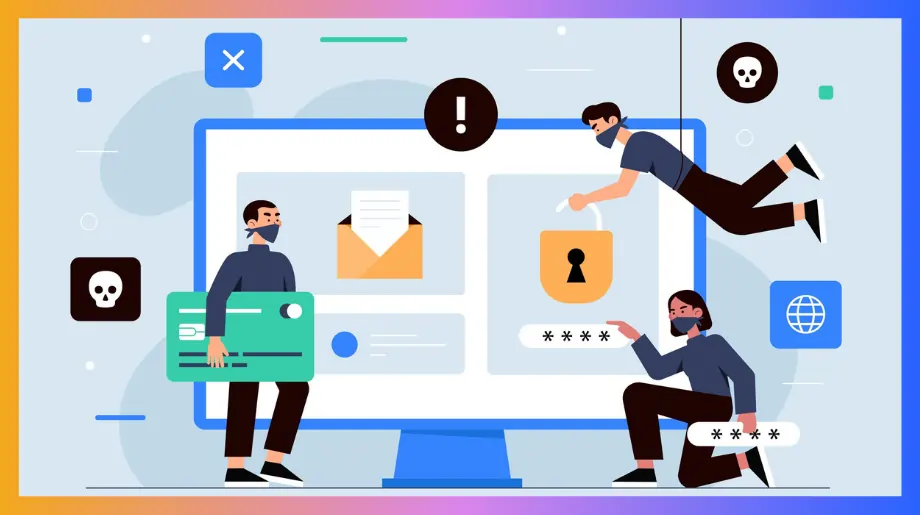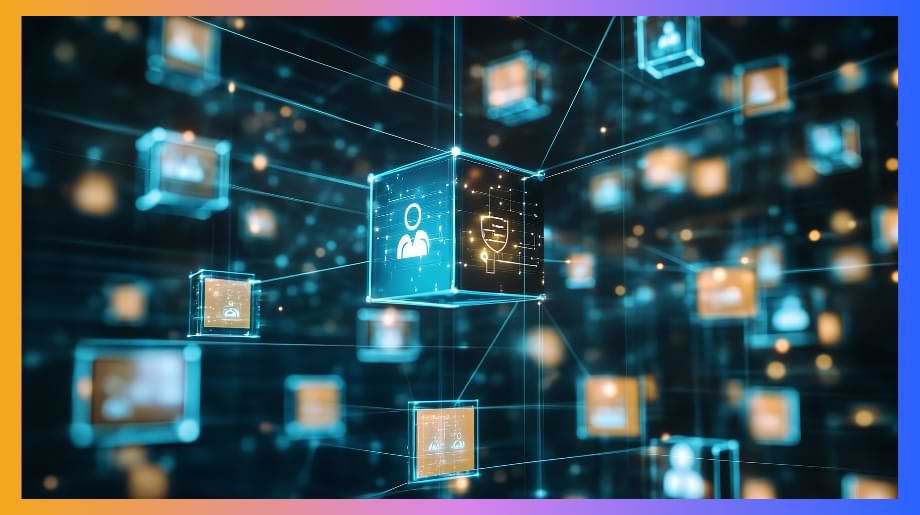If you work in operations or management, chances are you’re always looking for ways to make your workflow more efficient. This is one reason lots of people move towards Windows authentication.
The fact is Windows authentication can make a huge difference on the macro level when it comes to time to market or early delivery to your client.
In the game of security versus speed, a lot of the time enhancing security slows down productivity. In this article, we’ll show how Windows authentication can maintain security, compliance, and speed all in one go.
What is Windows Authentication?
Windows Authentication is a protocol to automatically log in to multiple apps by using your Windows login credentials on starting up your Windows system. This eliminates the need for repeated sign-ins to different apps.
You can use protocols like Kerberos and NTLM for safe login and to manage accessibility with IAM solutions like Azure AD or Infisign for Single Sign-On (SSO). Likewise, you can add security without having the user experience tougher steps by using Windows Authentication with Multi-Factor Authentication (MFA).
By doing this, you improve productivity and security on systems like Microsoft 365, SQL Server, and any app you want to log in to automatically. You also develop a better login experience while retaining complete control over who has access and compliance with industry standards.
Types of Windows Authentication
1. Kerberos (Protocol)
Especially in Active Directory setups, Windows Authentication uses the Kerberos protocol to safely authenticate users inside a network. Single Sign-On (SSO) is made possible by this system for SQL Server and Microsoft 365 apps - and when paired with a IAM software this can include any app and enable MFA or a ZTF.
By guaranteeing encrypted authentication tickets, Kerberos lowers the danger of unauthorised access considerably and strengthens security posture overall.
How Does Kerberos Work for Windows Authentication Using an IAM Software?
- User Login and TGT Request: After entering login information, the client is prompted to ask the Key Distribution Centre (KDC) for a Ticket Granting Ticket (TGT). Here, an Identity Access Management (IAM) program can help with keeping track of these login credentials.
- TGT Issuance: The KDC uses its secret key to encrypt both the TGT and the session key after confirming the credentials. After that, by using Multi-Factor Authentication (MFA) for this step through your IAM you can improve security.
- Service Ticket Request: When accessing an app, the client sends the TGT to the KDC to obtain a service ticket specific to that app. Your IAM software speeds up this request by automatically managing user roles and permissions across multiple apps.
- Application Access: The client presents the service ticket to the application server, which verifies the user’s identity and grants access. During this aspect an IAM software has centralized control, helping you login across multiple apps without re-entering credentials while maintaining compliance with security policies.
2. NTLMSSP
In contexts without Active Directory, Windows Authentication can also use NTLMSSP to enable secure authentication. Users may authenticate across apps such as SQL Server and SharePoint thanks to this protocol.
NTLMSSP reduces the possibility of credential disclosure by using challenge-response techniques. This guarantees better protection, boosts user access management, and improves operational ease. Even here, IAM software can add additional security and control based on roles and enable MFA.
How Does NTLMSSP Work for Windows Authentication Using an IAM?
- User Login Attempt: When a user attempts to log in, the Windows client collects the user’s credentials (username and password) and requests access to a resource on the server.
- Challenge-Response Mechanism: The server responds with a challenge, which the client encrypts using the user's password hash to generate a response. This response is sent back to the server, which also uses the password hash to validate the response.
- IAM Integration: An IAM solution can improve this part of the process by managing user credentials securely. It can also enforce Multi-Factor Authentication (MFA) for added security, making sure that users can verify their identity through multiple methods before accessing resources.
- Access Granting: If the server successfully validates the response, access is granted. The IAM system monitors and logs these authentication attempts for compliance and security auditing, ensuring centralized user management and seamless integration across multiple apps and services.
3. SPNEGO
SPNEGO (Simple and Protected GSSAPI Negotiation Mechanism) is a tool used by Windows Authentication to enhance access control in a variety of apps, including Microsoft 365 and SharePoint.
Through the use of Kerberos for secure credential negotiation and IAM software to facilitate SSO, SPNEGO improves user experience while reducing administrative costs and interruptions to logins.
How Does SPNEGO Work for Windows Authentication Using an IAM?
- User Access Request: A user makes attempt to use an application or resource. The server receives the request and needs to authenticate. The resource's service principal name (SPN) could be included in this request.
- Negotiation Token Generation: The client is prompted to generate a negotiation token when the server returns a "401 Unauthorised" response. The Generic Security Services Application Program Interface, or GSSAPI, is used to construct this token, which is then returned to the server.
- IAM System Role: By controlling user credentials and implementing Single Sign-On (SSO), an IAM solution is essential to this process. Using SPNEGO in conjunction with an IAM can make it easier for users to access various apps by simplifying the retrieval and maintenance of Kerberos tickets. Additionally, Multi-Factor Authentication may be applied.
- Authentication and Granting Access: The negotiation token is verified by the server by comparing it to the user's Kerberos ticket. If the request is fulfilled, access to the resource is made available. Ensuring a safe and efficient user experience, the IAM system logs the authentication event for auditing and compliance purposes.
Why Use Windows Authentication Alongside an IAM Software?
- Better User Experience: Single Sign-On (SSO), which lowers login friction by enabling users to access different apps with a single set of credentials, is made possible by Windows Authentication when your system starts up.
- Improved Security: By combining IAM with Windows Authentication, security is reinforced by Multi-Factor Authentication (MFA), adding more barriers to prevent unwanted access.
- User Management All From One Place: IAM solutions make it easier for administrators to easily manage user permissions across a variety of apps by improving user provisioning and access control.
- Better Compliance with Regulations: By providing thorough audit trails and access logs, this combination of Windows Authentication and IAM helps assure adherence to industry rules.
- Reduced Help Desk Costs: Organisations can considerably lower help desk support costs by minimising password-related issues using self-service password reset tools and SSO.
- Full Access Controls: IIAM improves Windows Authentication's role-based access controls by allowing users to define specific access for various kinds of apps.
- Automated Credential Management: IAM systems have the ability to automate the management of user credentials, which lowers administrative costs and boosts productivity.
- Scalability: Windows Authentication's connection with IAM solutions makes it simple to increase a company's activities to handle more applications and users as it expands.
Using Both Windows Authentication With an IAM Software
Using Windows Authentication with an Identity Access Management (IAM) solution presents a powerful strategy for organizations. By streamlining user access through Single Sign-On (SSO), businesses can significantly enhance user experience while reducing the administrative burden on IT teams. This combination not only improves security through Multi-Factor Authentication (MFA) but also ensures centralized control over user permissions and compliance with industry regulations. Curious about how this can improve your IAM with windows authentication? Contact our IAM experts at Infisign.






















